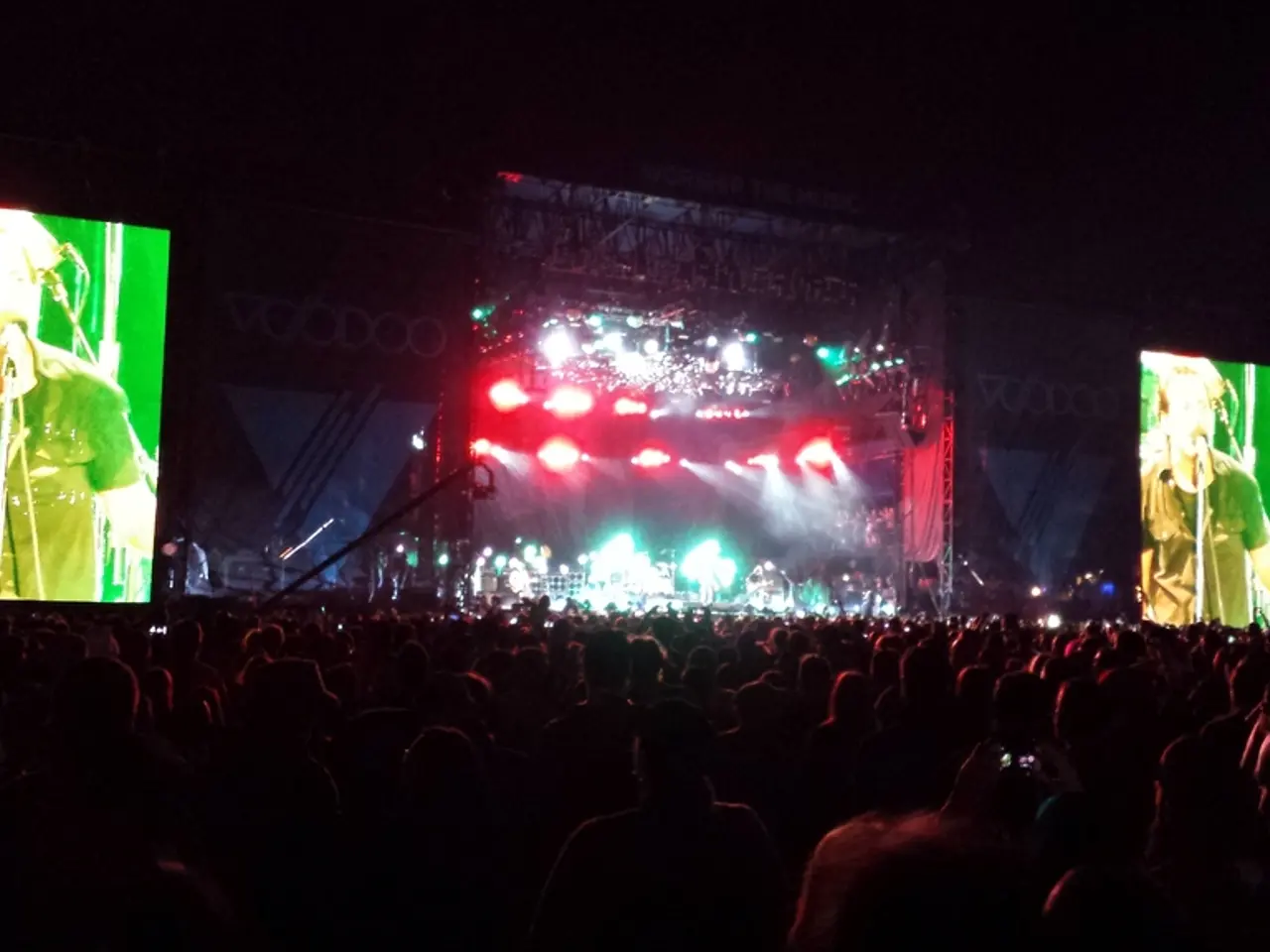Creating Histories with a Twist: Crafting a Historical Screenplay
Historical scripts can be a captivating way to explore the past, offering a blend of fact and fiction that brings history to life. These scripts can be categorized into four main genres: historical fiction, period drama, historical biography/biopic, and alternative history/genre fusion.
Historical Fiction and Alternative History
Historical fiction scripts use real historical settings and often actual events or figures, but the main narrative and characters are invented. Alternative history scripts, on the other hand, take liberties with historical events or infuse the narrative with speculative elements.
The Importance of Research
Writing a historical script involves extensive research, delving into the customs, politics, social norms, and language of the time. Primary sources such as letters, newspapers, and court records are recommended for a comprehensive understanding of the era.
Choosing an Era
When deciding on an era for a historical script, personal interest and fascination are key. Questions to consider include what fascinates you about the era, what kinds of conflicts naturally occurred, and are there untold or underrepresented stories worth exploring.
Genre Choices
Genre choices for historical scripts are not limited to dramas and biopics. They can also include historical horror, historical romance, historical war film, and historical mystery/thriller.
Tools for Historical Script Writing
A website offers tools for story development, character development, world-building, collaboration, and script formatting to help with the writing of historical scripts. It automatically formats scripts to industry standards, allowing writers to focus on creativity without worrying about technical details.
Popular Examples
Dunkirk (2017) and Saving Private Ryan (1998) are examples of historical war films that benefit from immersive realism, high stakes, and emotional clarity. Pride & Prejudice (2005) is a historical romance that uses historical restrictions to heighten emotional tension and deepen character arcs.
Best Practices
The best practices for researching and writing a historical script involve a combination of thorough preparation, in-depth research, and careful integration of historical accuracy with compelling storytelling. Key steps include choosing a significant historical moment, conducting comprehensive research, developing authentic characters, defining the story and setting clearly, outlining plot and scenes around historical facts, balancing accuracy with narrative needs, using credible sources and proper citation, revising with attention to historical and dramatic details, and pairing a specific era with a popular genre to give a script structure, tone, and direction.
Following these practices ensures that a historical script is both factually grounded and dramatically compelling, respecting the complexities of the past while engaging audiences.
Period Dramas
Period dramas emphasize character relationships, societal pressures, and internal conflict. Peaky Blinders (2013-2022) is a historical crime drama that blends historical grit with gripping storytelling.
Historical scripts aim to capture the essence of a specific era while telling an engaging story that either mirrors historical truth or plays imaginatively with it.
During the pre-production stage, screenwriters crafting a historical script may find valuable resources in tools and websites designed for story development and character development, offering assistance with world-building, collaboration, and script formatting. When delving into the lifestyle and home-and-garden aspects of a chosen era, primary sources such as letters, newspapers, and court records provide essential insights into the customs, politics, and social norms of the time.




